-Grant Wood
Last Saturday, a small band of crop mobbers visited Meadowsweet Farm, a raw milk dairy in Lodi, NY. Though the Smith family- Barb, Steve, and their children- once sold raw milk to customers directly, Meadowsweet currently operates as an LLC (Limited Liability Company), in which LLC members own the cow herd and the Smith family manages the herd and distributes the milk products to members. The Smiths have been deeply involved in the litigation surrounding the sale of raw milk in New York State, and shared with us some insights and education on this breezy September morning.
Our task was to put up an electric fence for the meat herd's winter pasture, a short walk from the Smith's house. Fencing requires hands in several places at once- a couple for carrying ends of wire across the perimeter and a couple for untangling wire when it gets stuck on its spool; a couple for holding fenceposts straight and a couple for driving them in. When Meadowsweet needs extra hands for work like this, Barb explained, the Smiths usually organize work parties through their local church--- a valuable resource in this small agricultural town, where the "Welcome to Lodi" sign boasts a reminder of the "Right to Farm" law (a safeguard for farmers in the face of neighborhood opposition) directly underneath.
Hay had already been cut once in this field, and lay in neat circular bales in preparation for the meat herd's arrival. A second, more nutritious cutting of hay would be made from this field for the milking herd, which would stay near to the house for easy access during the winter. Cuttings of hay line up with the maturity of the legumes and grasses. Cut too early, and your harvest will be small and your moisture content too high for easy curing. Wait too long and the plants will drop in nutritional quality. Steve remarked that some of the alfalfa in this field was already flowering, an indication that the cut should have come earlier.
The Smith daughters tackle the hay bales.
Hugh checks out the hay ring, or round bale feeder, which is put around a bale during feeding to ensure neat eating and prevent waste.
To begin sealing in the pasture, we first located and removed broken, snapped wires from their hiding places in weeds along the border of the pasture, winding them up for future use or disposal, depending on their condition. Then we began stringing new wire along the borders. Heavy spools of new wire, brought in on the tractor, were pounded into the ground for stability, then spun to release the wire. We laid out fenceposts every 30 paces (a "pace" being defined a long, but natural, stride) and attached insulators to fenceposts and wire to insulators, then a team of two came by to drive in the posts. Two wires were strung along each side- one at "boot level" and one at "pocket level".
The wire spool...
Barb winds the wire around a fencepost to secure it; Cassie takes the next wire down.
Barb and Collin pound in the posts using a post hole driver.
Kirk and Hugh driving in the last post!
The fenced-in field!
After finishing the fencing with time to spare, we headed back up to the barn to move hay. The Smiths don't make all the hay they need for their animals over the winter- these small square bales came from outside the farm. Steve used a hay elevator to mechanically move the bales up to the loft, and when they toppled into the barn, our crew- under the direction of the Smith's young daughters- stacked them.
Rachel Smith instructs us on how to use hay hooks to lift bales.
The hay elevator brings the first bale up!
Hay in the hay loft, stacked and ready for winter.
As the morning was winding down, the Smiths offered us a tour of their farm- their barn where the cows are milked, their Barred Rock and Buff Orpington chickens (cared for by their daughters), their two Belgian draft horses, and their Jersey/Dutch Belted meat and milking herds.
Rachel shows us where the cows are milked.
This morning's milk!
The cows are milked twice a day- once in the morning and once in the evening. Their herd of 6 milking cows provides enough milk for their 100-family LLC. Asked why some of the milkers didn't have horns and others did, Steve explained that while all cows have horns, many dairies remove them for convenience of handling. After attending a Biodynamic dairy conference, the Smiths were persuaded to stop removing the horns of their cattle, opting instead to take the time to learn behavioral methods of management.
Steve smith explains how the herd is managed.
Calves are left with their mothers to suckle during the day and brought in at night. By morning, mother cows will be waiting by the barn for their young, making bringing them in to milk convenient.
The meat herd is kept separate from the milking herd.
Cassie and Kirk (left) and Hugh (right) get to know the Smiths' draft horses.
Finally we headed back to the house for a delicious meal: homemade pizza, fresh milk, cheese, kimchi, sausage, tomatoes, carrot sticks, and peaches! Over lunch, the Smiths shared with us Meadowsweet's legal story.
Lunch!
Raw milk is legal to buy directly in New York State, provided the vendor has a license from the New York State Department of Ag & Markets. The Smiths once were licensed to sell raw milk, but felt that Ag & Markets did everything they could to discourage raw milk vendors. Hoping to end the constant harassment they experienced from Ag & Markets inspectors, they finally gave up their license, opting instead to form an LLC (fashioned after the CSA model) in which families sign up for a lifetime membership, and they alone have access to the milk and milk products. Barb described the process of giving up the license- breaking off their agreement with Ag & Markets, only to have them tell her she couldn't give up the license, triggering a battle of sending the license back and forth between them.
Finally, the break was successful; however, Ag & Markets inspectors continued to show up at the house despite having no jurisdiction there. Meadowsweet eventually engaged them in a lawsuit through the Farm to Consumer Legal Defense Fund. The suit has just been heard at the NY Supreme Court level, which has ruled that all milk given from one person to another is under the jurisdiction of Ag & Markets, whether that milk is sold or given away for free. The Smiths plan on appealing the decision; until then, they continue to operate as a raw milk LLC. Upon hearing cries of "Why do they have to control what we eat?" Barb replied that the dairy industry fears that consumer choice of raw milk- which, many believe, tastes better and is better for you- will destroy an entire sector of the dairy industry that relies on the process of pasteurization. Thus, it is in their best interest to dissuade producers from distributing raw milk, so the consumer won't be able to choose the product. Asked what they do to prevent bacterial growth in their milk, Barb and Steve explained that filters keep manure dust and other agents from settling into the milk. However, Barb asserted, "Raw milk is very forgiving," meaning the milk's composition itself offers protection against contamination.
In the midst of its legal battles, Meadowsweet is flourishing. The LLC is currently completely full, and they receive inquiries from people seeking to join every week, prompting them to start a waiting list, which is only getting longer. They plan to continue fighting for the rights of raw milk distributors in our state.
Our deepest gratitude to Barb and Steve Smith and their wonderful family for opening up their farm to us, teaching us, and feeding us! Many thanks to everyone who joined us at Meadowsweet last Saturday as well! Join us for our next monthly crop mob, which will be in late October!
For more information about raw milk litigation, visit the Farm to Consumer Legal Defense Fund. You can also visit Meadowsweet's website here.


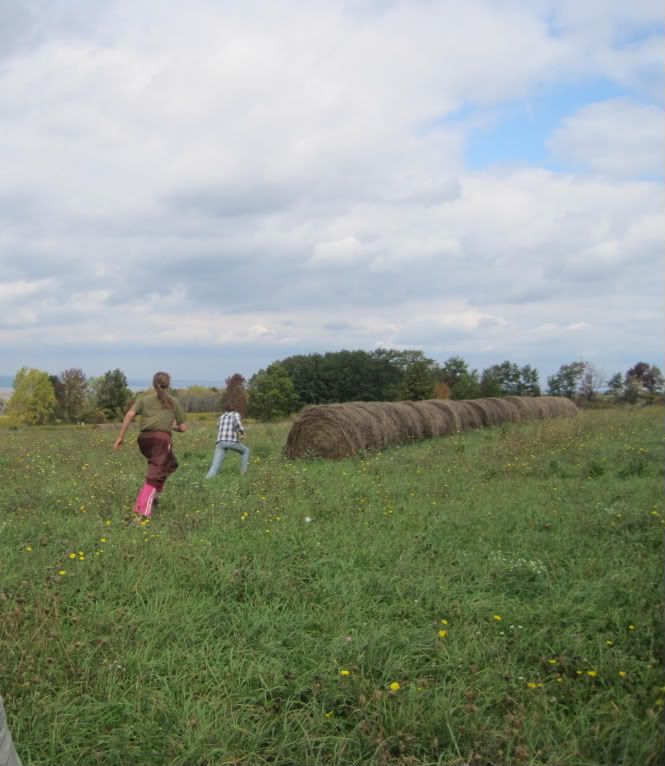
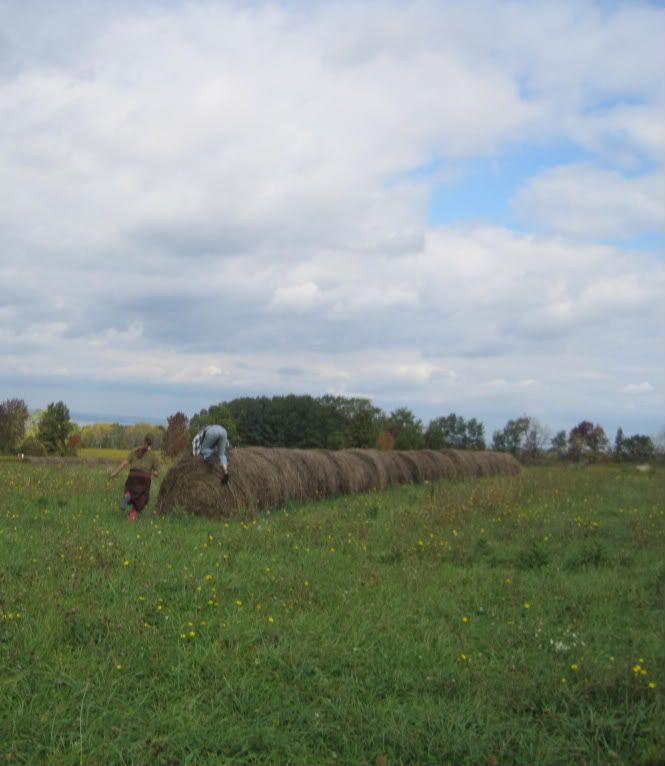
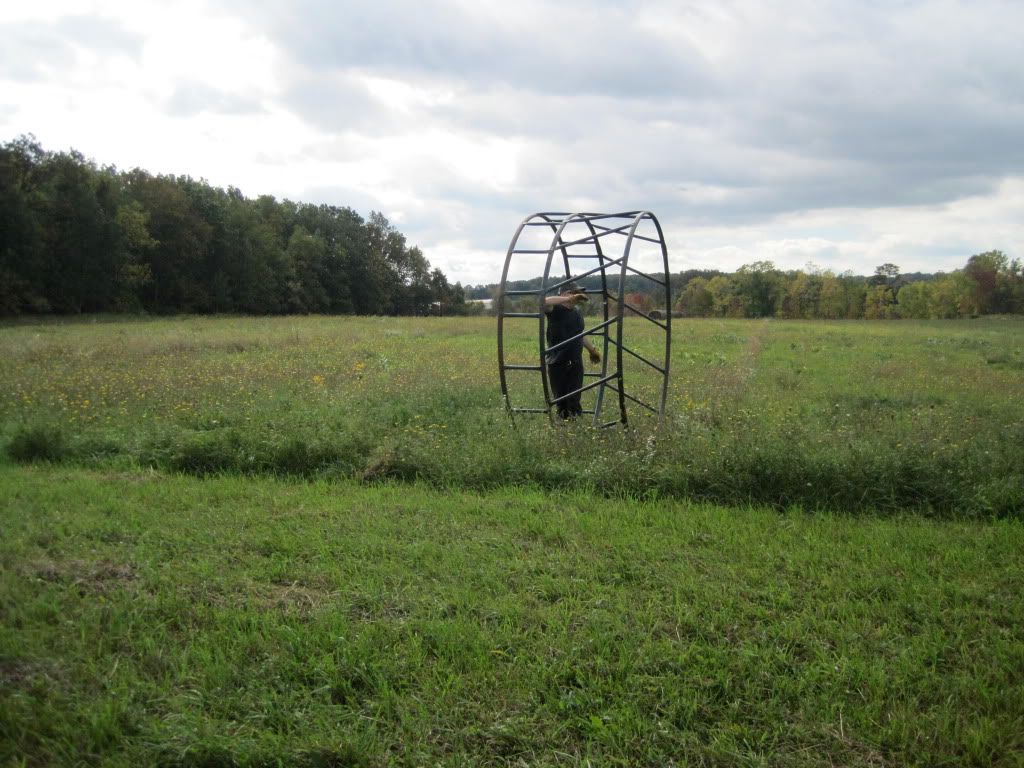

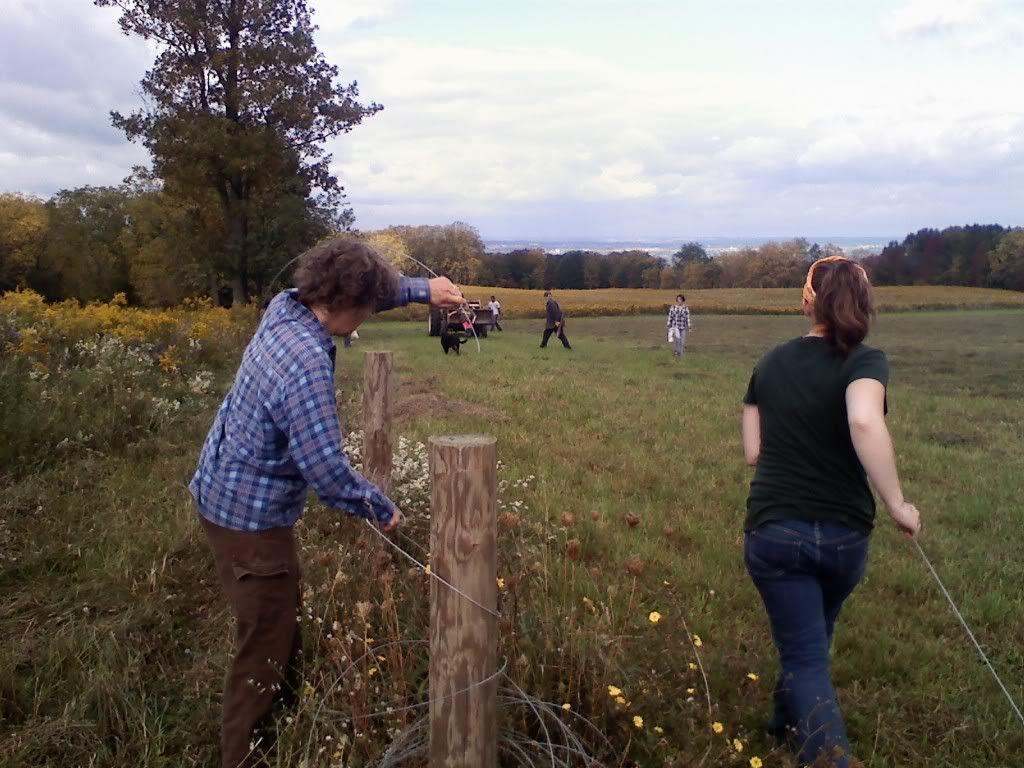
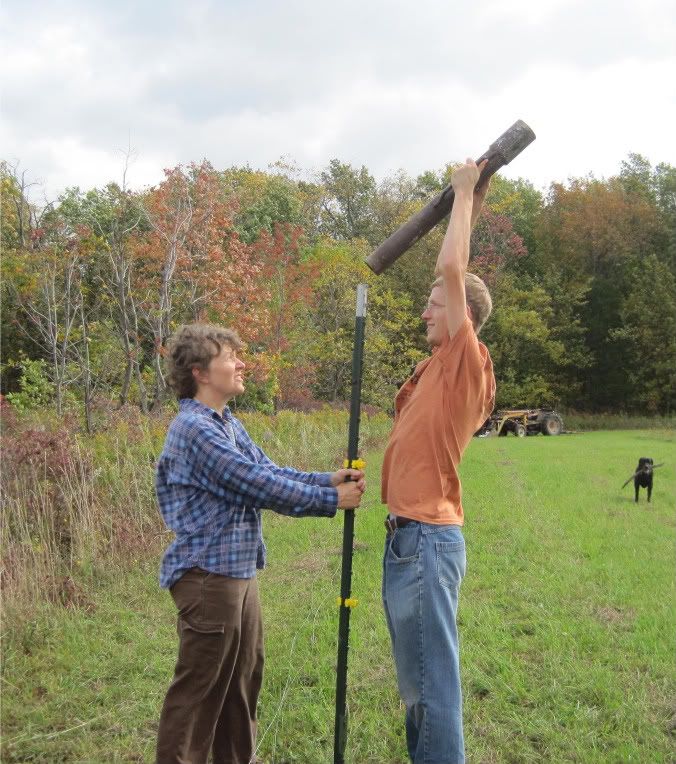
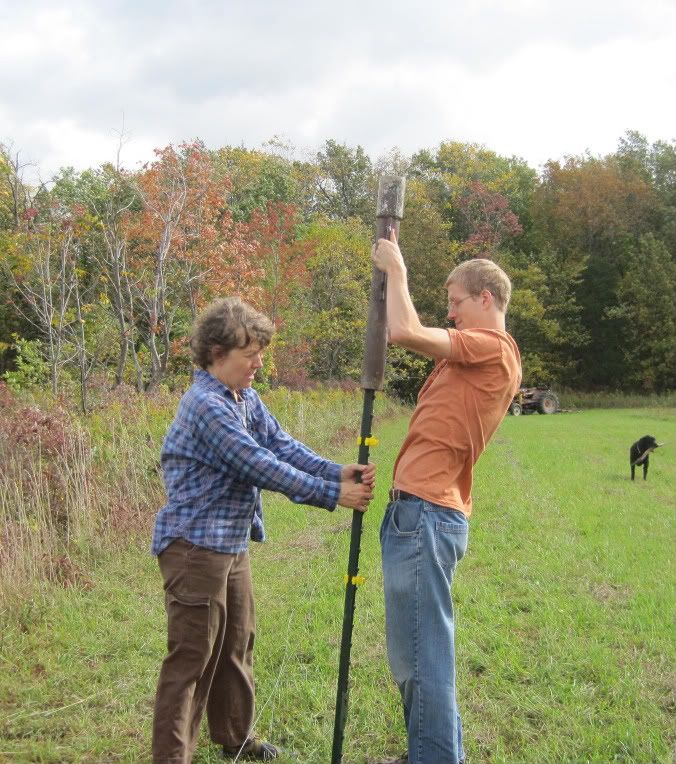


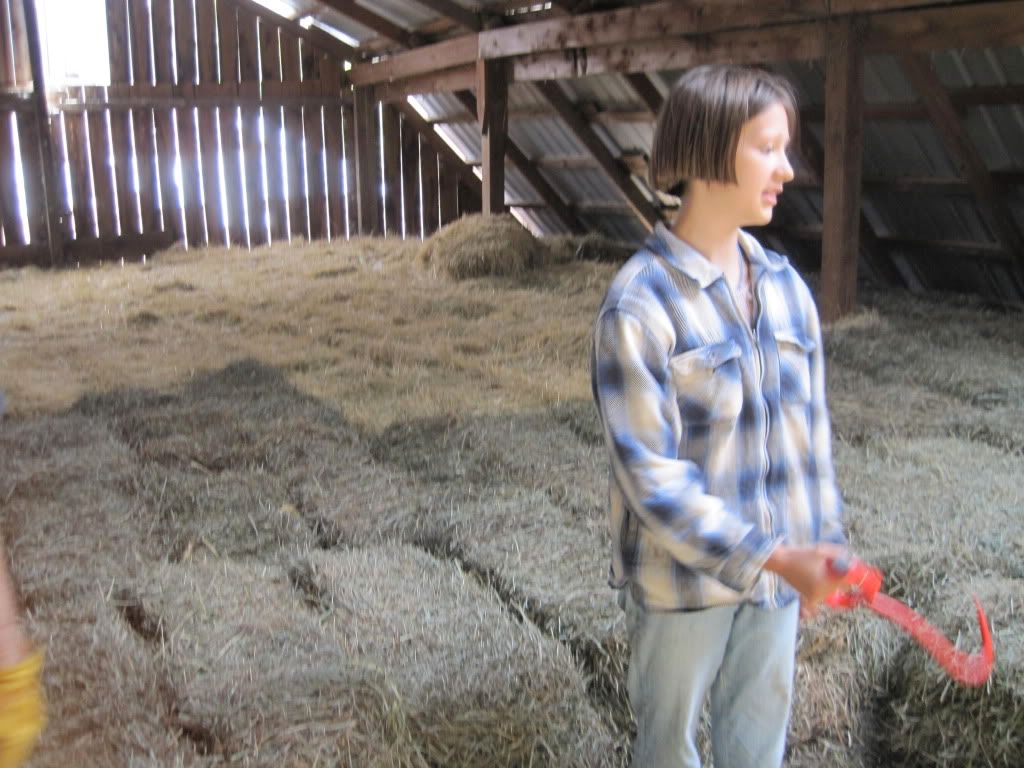
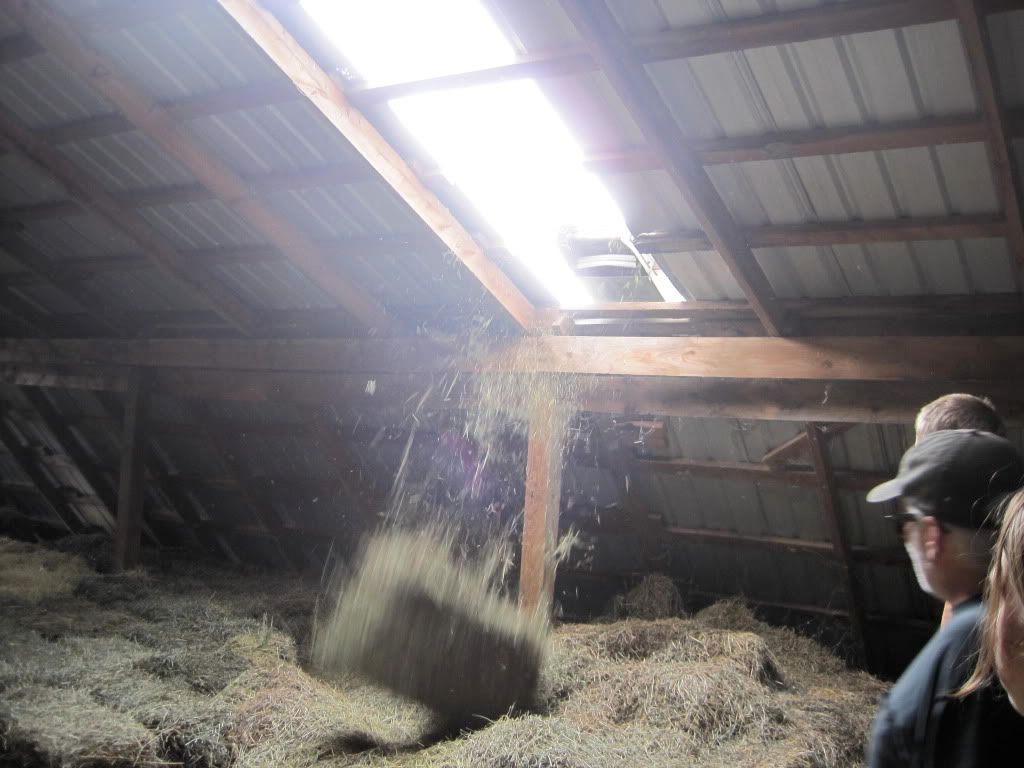
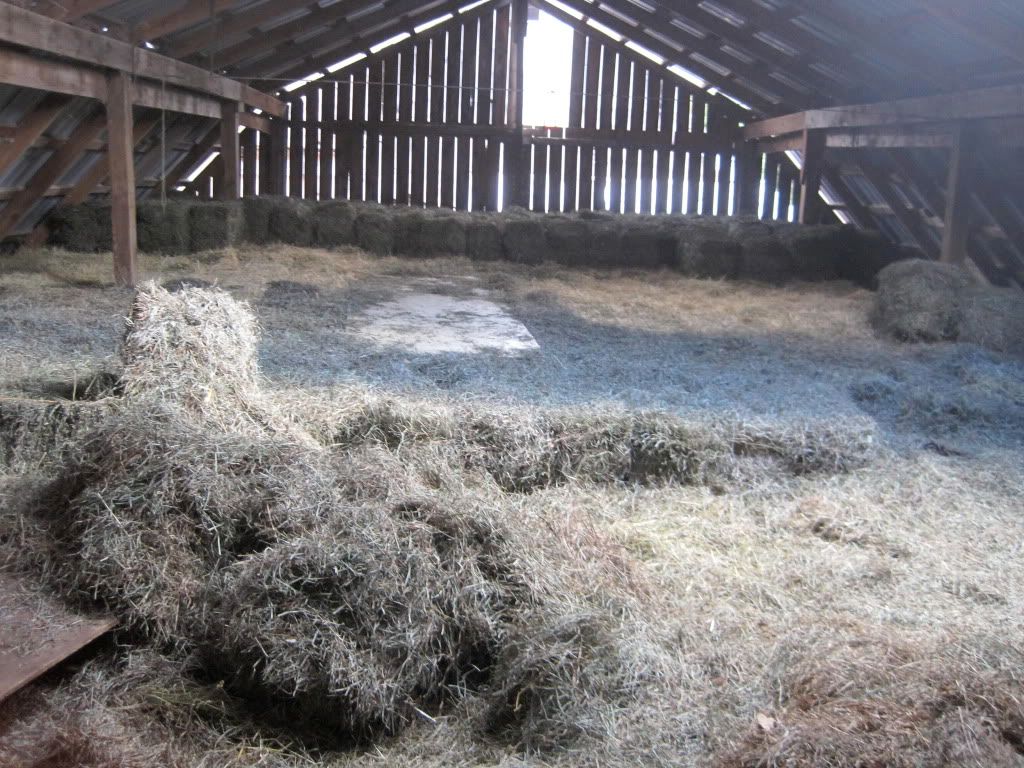




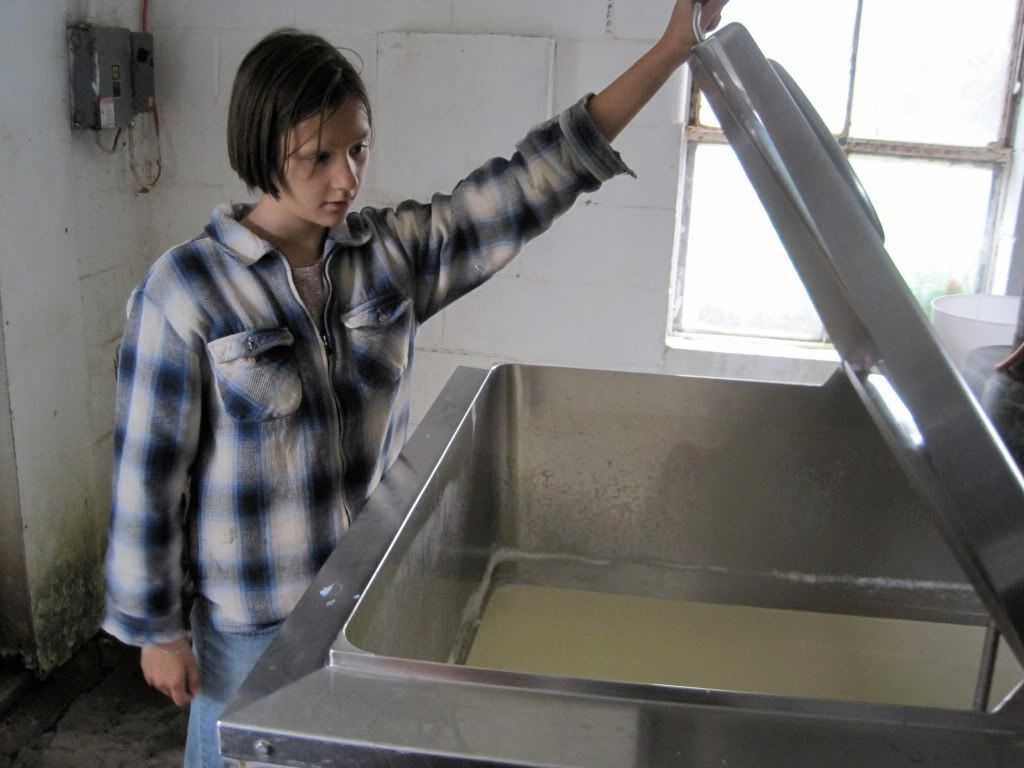







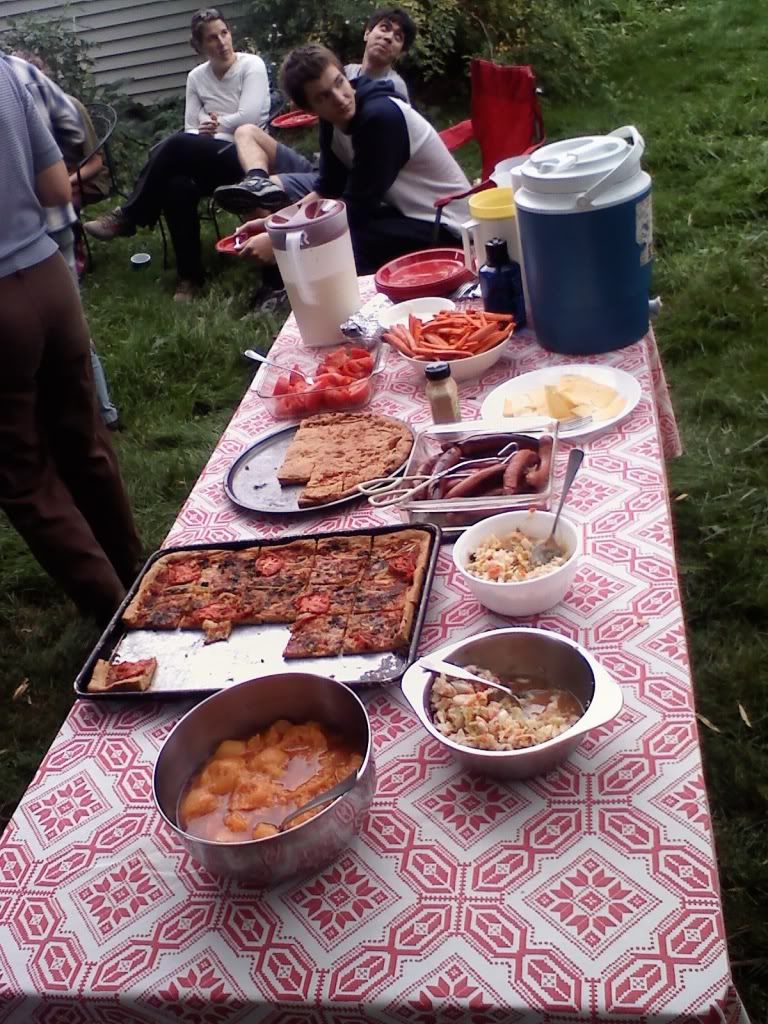
No comments:
Post a Comment